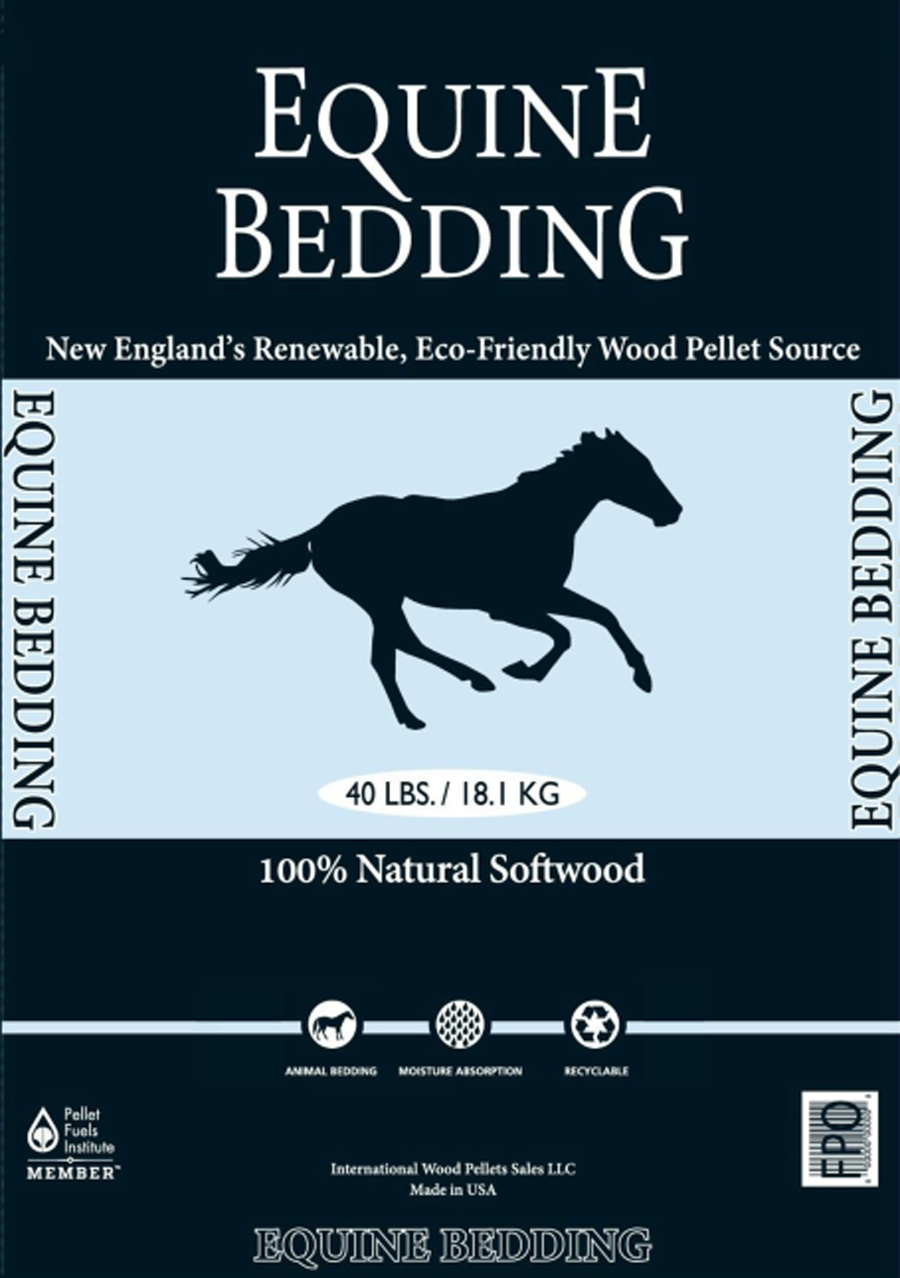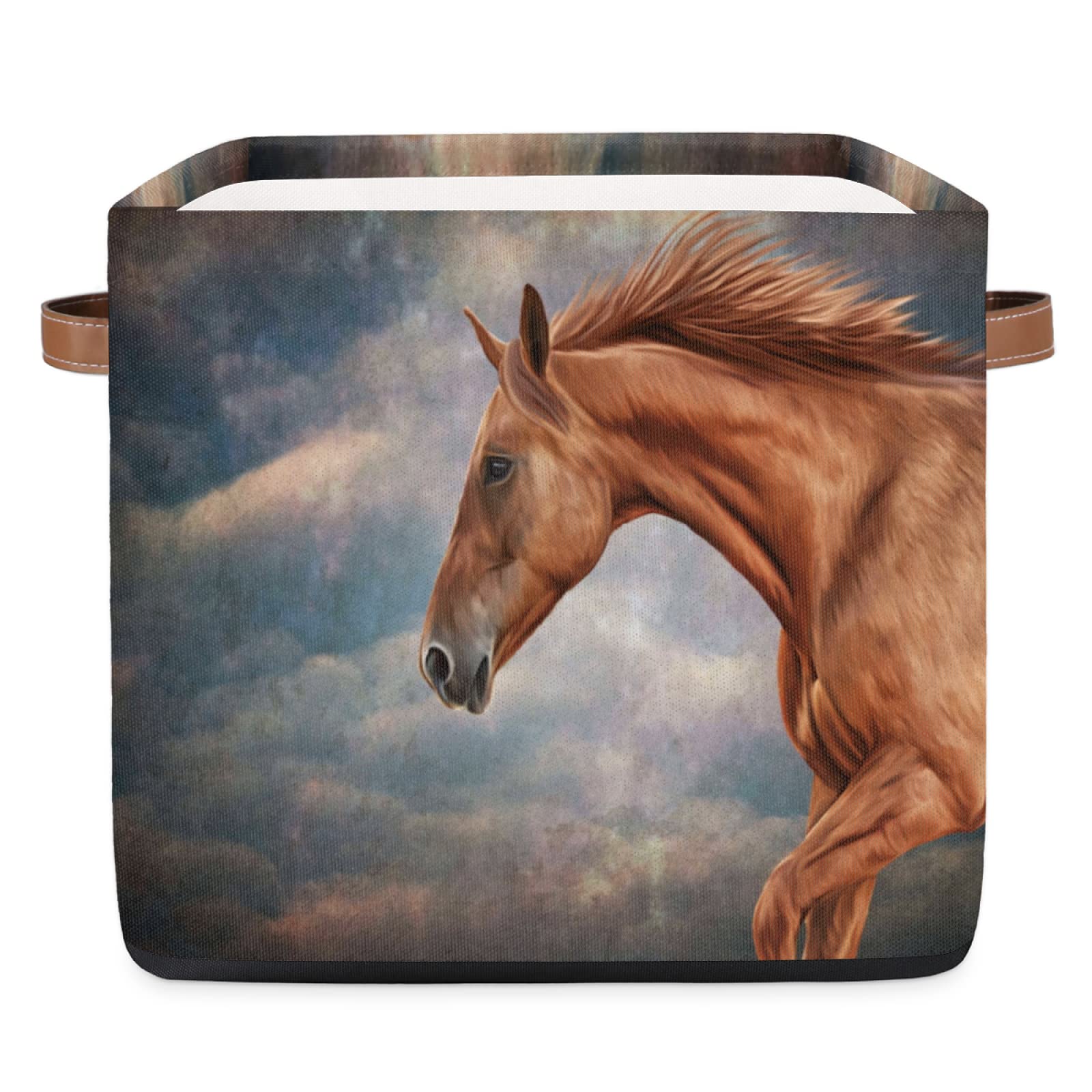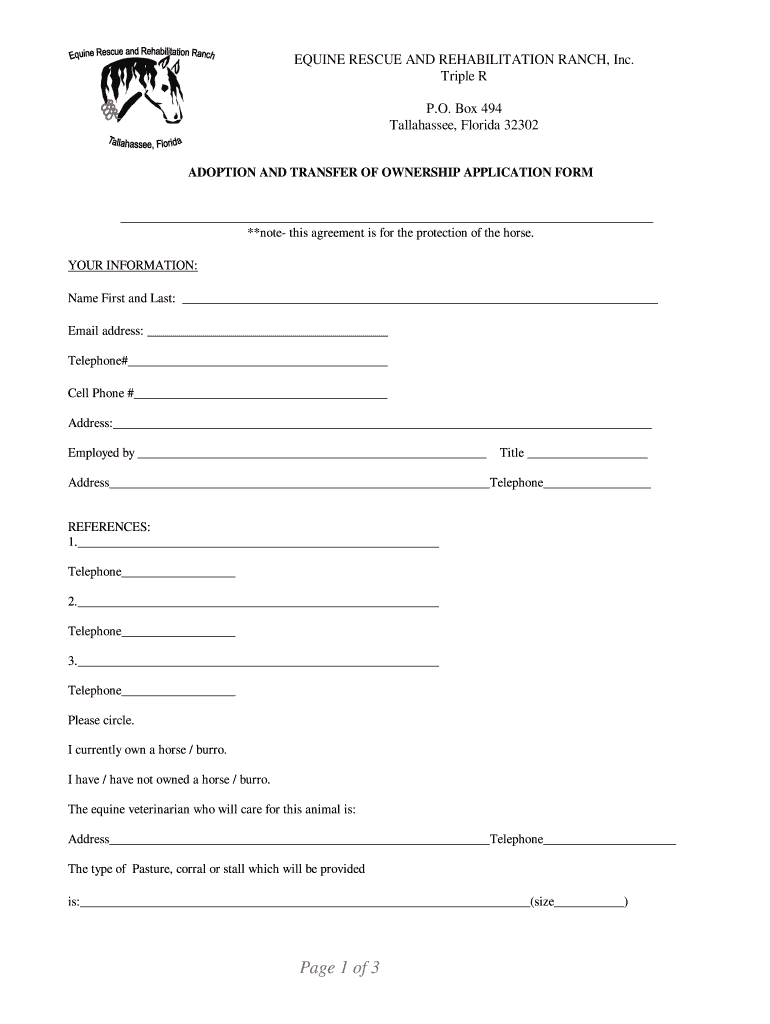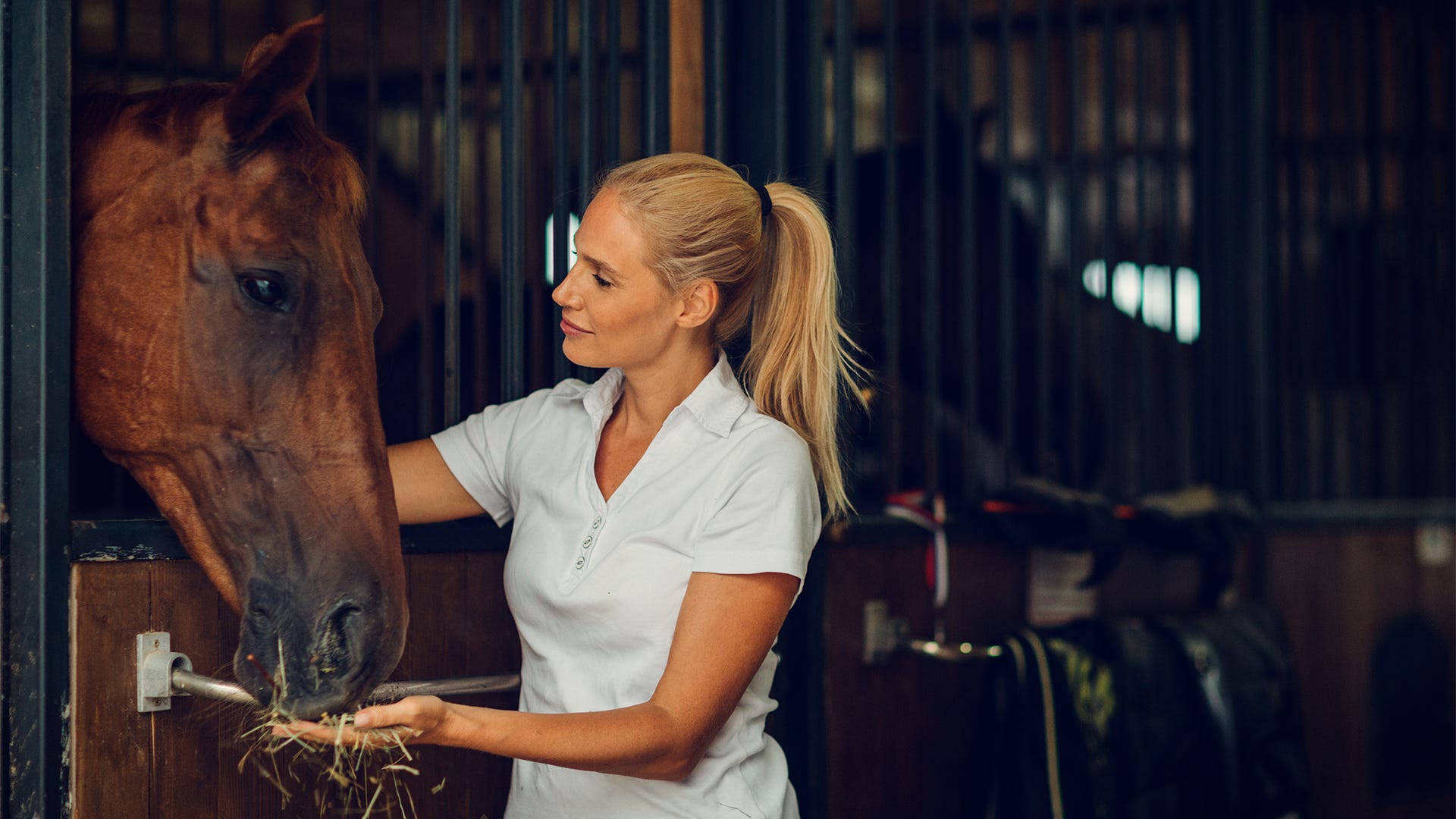When it comes to managing a stable, finding the right bedding for your horses is crucial for their health and your ease of maintenance. Among the various options available, pelleted horse bedding has emerged as a popular choice for many stable owners. Let’s explore how to effectively use this innovative product.
Using pelleted horse bedding is simple and efficient. Here’s a quick guide:
- Spread the bags of pellets evenly across the stall.
- Open each bag and moisten with half to one bucket of water to activate expansion.
- Wait for the pellets to absorb the water and fluff up, then rake into an even layer.
- Add more bags as necessary, stirring into the existing bedding.
- Maintain by raking the top layer regularly and adding 1-2 new bags per week.
Exploring the Benefits of Pelleted Horse Bedding

As individuals dedicated to the well-being of horses, selecting the right horse stable bedding is essential. The innovative approach of using pelleted horse bedding offers superior benefits, such as enhanced hygiene and comfort for horses, as well as ease of management for stable owners.
Understanding the Advantages of Pellets
When choosing bedding, pelleted options are particularly efficient due to their high absorbency and odor control capabilities. When these pellets come into contact with moisture, they expand into a fine consistency, resembling fluffy sawdust, which is conducive to a clean and comfortable horse environment.
Comparing Bedding Alternatives
Diverse bedding materials present different benefits for horse stables. Here’s a brief comparison of common types:
- Straw: While economical, it lacks the absorbency of more advanced materials and needs more frequent replacement.
- Shavings: These are soft and readily available, yet may produce more dust and offer less absorbency relative to pellets.
- Wood Chips: They have longevity but may compromise comfort and do not absorb as well as pellet-based bedding.
The Production of High-Quality Pelleted Bedding
To create pelleted bedding of the highest standard, a meticulous process is followed:
- Wood Selection: Producers often choose kiln-dried softwoods for their inherent absorbency and aromatic qualities.
- Grinding: The wood is finely ground to maximize surface area and thus absorbency.
- Compression: These fine particles are then densely packed into pellets using pressure, avoiding any chemical additives.
- Screening: A final screening ensures dust is removed, resulting in a cleaner product for equine use.
Embracing Sustainability with Pelleted Bedding
Opting for pelleted bedding is a step towards eco-friendly stable management. The materials are typically sourced from renewable forestry, and the production methods aim to reduce waste. Furthermore, the natural degradability of the bedding means it can be composted, aligning with sustainable practices.
Adapting Bedding for Diverse Stable Conditions
Stables vary in their needs, and pelleted bedding accommodates these variations with ease:
- Hydration Level: The moisture content can be adjusted to achieve the desired dryness or dampness.
- Bedding Depth: The depth can be modified to meet the preferences of different horses or to adapt to stall conditions.
This adaptable nature of pelleted bedding ensures that each stable can create an ideal living space for their horses, fulfilling the specific needs of the animals and their caretakers.
Exploring Horse Stall Bedding Options

Horse owners often seek out bedding solutions that prioritize the well-being of their animals while providing practicality in stable management. Pelleted bedding has gained popularity for its significant impact on maintaining a clean, healthy environment for horses. Here, we focus on the unique properties that make pelleted bedding a go-to choice for horse care professionals.
Efficiency and Storage Benefits
Comparing pelleted bedding with traditional materials like straw or shavings highlights its superior absorbency and odor-resistant qualities. This feature is particularly important for equine respiratory health, ensuring a dry stall free from ammonia. Pellets also offer a space-saving advantage due to their compact size before use, making them an ideal option for stables with limited storage areas.
Streamlined Cleaning and Maintenance
The maintenance of horse stalls is streamlined with pelleted bedding. Its unique clumping ability allows for quick identification and removal of soiled areas, reducing the amount of clean bedding wasted during cleaning. This convenience extends to waste management, as the reduced pathogen growth and improved air quality from less dust and ammonia benefit both horses and their handlers.
Comfort and Health Considerations
The comfort and health of horses are paramount, and pelleted bedding addresses these aspects with its cushioning properties. The soft surface is supportive for resting horses, assisting in joint and hoof health preservation. Additionally, the low dust environment is especially beneficial for horses with respiratory sensitivities, and the high absorbency helps protect against moisture-related hoof problems.
Economical and Time-Saving Aspects
The durability of pelleted bedding materials means less frequent replacements, offering cost savings in the long run. The ease of stall upkeep also translates into more efficient time management, freeing up resources to enhance other facets of equine care.
Customizing Bedding for Superior Results
To fully realize the advantages of pelleted bedding, it is important to consider proper pellet activation with water, consistent stall maintenance, and tailoring bedding depth and moisture to suit individual horse requirements. These practices ensure a clean and healthy stall environment.
Selecting Premium Pelleted Bedding
Given the variety of pelleted bedding options available, it’s essential to choose a product that matches your stable’s specific demands. Key considerations include the source and type of wood used, pellet size, and the absence of harmful chemicals, all of which can affect the quality of bedding and the health of your equine companions.
Enhancing Stable Management with Horse Bedding Pellets

Choosing horse bedding pellets can revolutionize the care provided to equines, as it promotes a comfortable habitat and simplifies stable chores. Implementing this type of bedding is a strategic move that bolsters the stable environment’s healthfulness. With correct execution, the effort involved in maintaining a clean and comfortable stall is markedly reduced.
Even Distribution for Comfort and Support
For a consistent and supportive base, it is essential to evenly distribute horse bedding pellets throughout the stall. Introducing fresh pellets regularly maintains the bedding’s consistency and quality, which is key to providing lasting comfort to your horses.
Preparation and Moisture Considerations
Preparing equine pellet bedding with the right amount of water is crucial for achieving the softness and expansion that offer immediate comfort. Maintaining the right moisture balance is important for the bedding’s texture and overall performance.
Regular Upkeep for a Hygienic Stall
To preserve a sanitary and cozy stall, a maintenance routine is crucial. Daily stirring of the bedding helps distribute wear evenly, while the frequent application of new pellets sustains a soft and absorptive foundation. To ensure a clean stall environment:
- Perform daily inspections for moisture or compaction.
- Swiftly remove waste and damp areas to uphold a healthful atmosphere.
- Top up with new pellets as needed, focusing on heavily used spots.
Personalizing Bedding for Equine Comfort
Recognizing that each horse has individual bedding requirements, it’s important to adjust the bedding’s depth and moisture to meet these needs. Whether a horse prefers a firmer base due to joint concerns or a softer bed for enhanced cushioning, responding to their feedback will allow for a tailored living space.
Uplifting the Stable’s Appearance
A tidy and well-kept stall with fresh pellets not only benefits the horse’s well-being but also elevates the stable’s overall ambiance, creating a welcoming environment for equines and visitors alike.
Seasonal Adaptations for Optimal Bedding
As the seasons change, so do the needs of stall bedding. Extra layers may be required for insulation in colder weather, while a reduced amount might suffice in warmer conditions to maintain a cooler stall and prevent moisture buildup.
Comprehensive Bedding Maintenance
For the continued effectiveness of equine pellet bedding, it’s important to engage in both immediate and long-term management practices. This involves routine checks and prompt action to rectify any issues, ensuring a consistently pristine, comfortable, and secure environment for the horses.
Commitment to the upkeep of horse bedding pellets allows stable owners to foster an improved living space for their horses, coupling the convenience of horse bedding maintenance with the comfort provided by pelleted bedding. Adopting these practices can significantly raise the care standards within your stable.
Optimizing Storage Solutions for Horse Bedding Pellets

Ensuring the proper storage of horse bedding pellets is key to safeguarding their quality and efficacy. The best storage practices involve keeping the pellets in a space that is both dry and well-ventilated, protecting them from moisture, humidity, and other external elements. Here are strategic approaches for maintaining the optimal condition of your horse bedding pellets.
Choosing Ideal Storage Conditions
Selecting an appropriate storage area is crucial for the shelf life of horse bedding pellets. Maintaining a dry and airy space wards off premature expansion that moisture or humidity can cause. An indoor or covered outdoor area with sufficient airflow is essential to prevent moisture-related issues.
Shielding from Sunlight and Condensation
To preserve the integrity of horse bedding pellets, avoid storing them in areas where direct sunlight can lead to fluctuating temperatures and potential condensation. A shaded space helps keep the temperature even and the pellets dry.
Elevation to Avoid Moisture
Preventing the absorption of moisture from the ground can be as simple as storing bedding pellets off the floor. Utilize pallets or shelving to elevate the bags, keeping them dry and away from damp surfaces.
Container Choices for Extra Protection
- Airtight Storage: Using sealed bins can offer an additional safeguard against humidity and pests.
- Covering for Outdoor Storage: In outdoor settings, waterproof tarps or covers can provide added security for the pellets.
Efficient Inventory Management
Employing a system to manage the stock of horse bedding pellets ensures that older pellets are used first, preventing waste from expired or deteriorated materials. This approach is crucial for stables looking to maintain an organized and efficient storage system.
Smart Space Utilization
Stables with constrained storage capacities should focus on optimizing their available space. Arranging pellets in a way that uses vertical space and stacking bags neatly can significantly increase storage efficiency while ensuring easy and safe access.
Consistent Monitoring for Preservation
Conducting routine inspections of the storage area is necessary to confirm that conditions are ideal for preserving the pellets. Addressing any signs of moisture, pest infestations, or packaging damage promptly will help protect the quality of your bedding supply.
By following these guidelines for storage, the longevity and condition of your horse bedding pellets can be significantly improved. Effective storage is a component of thorough stable management, guaranteeing that the bedding pellets are ready for use in maintaining a clean and comfortable environment for horses.
Implementing Sustainable Waste Management in Equine Facilities

Transitioning to composting horse stable bedding enhances environmental health and enriches soil quality. This section outlines the composting process and emphasizes the ecological benefits, ensuring your equine operations align with eco-friendly practices.
Transforming Pelleted Bedding into Nutrient-Rich Compost
Recycling spent pelleted bedding into compost is a practical approach to managing organic waste. Here’s a guide to beginning the composting process:
- Select a suitable area for composting that is distant from water bodies to mitigate contamination risks.
- Initiate your compost heap with a layer of used bedding, combining both the wood pellets and equine waste.
- Strive for a balanced compost by mixing green and brown waste, representing nitrogen and carbon sources, respectively.
- Turn the pile periodically to introduce oxygen, which catalyzes the decomposition process.
- Ensure the compost remains moist to facilitate breakdown without producing unwanted odors.
- Allow the decomposed material to cure for several months before it’s ready for application.
Benefits of Composting Horse Bedding for the Environment
Adopting composting practices with horse bedding leads to numerous ecological advantages:
- Soil Enrichment: Finished compost contributes essential nutrients and improves soil texture, which supports robust plant life.
- Reduction in Landfill Waste: Composting diminishes the volume of material sent to landfills, thereby conserving space.
- Moisture Retention: Healthy compost aids in soil hydration, lessening the frequency of irrigation.
- Lowered Greenhouse Gases: Composting organic matter curbs methane emissions that would otherwise occur in landfills.
Refining the Composting Process for Better Outcomes
Improving your composting system’s efficacy requires attention to several vital factors:
- Oxygen Supply: Regular pile turning is imperative to maintain aerobic decomposition.
- Heat Generation: The warmth of the compost pile is an indicator of active decomposition and should be monitored.
- Proper Pile Size: A balance between heat retention and manageability for aeration is crucial for an effective pile size.
- Adding Compost Starters: Compost activators can expedite the decomposition process.
Addressing Potential Hurdles in Composting
While composting is advantageous, it’s not without its challenges:
- Managing Odors: A compost pile should not have a strong smell; if present, reassess the balance of materials or aeration frequency.
- Deterring Pests: Keeping the compost well-maintained minimizes pest attraction; compost bins with lids can offer additional protection.
- Space Efficiency: Facilities with limited space might consider compact composting units to optimize their area.
Utilizing Mature Compost in Various Applications
After your compost has aged, it serves as a versatile amendment for soil and plants:
- Soil Improvement: Incorporate it into planting areas to boost soil fertility.
- Plant Nutrition: Apply compost as a top dressing to nourish existing vegetation.
- Turf Enhancement: Employ compost to mend bare spots or as an organic turf enhancer.
By integrating composting into your horse stable bedding management, you contribute to a sustainable cycle that benefits not only your facility but also the wider environment. This holistic method of reusing organic materials demonstrates a commitment to conscientious and sustainable land stewardship.
Identifying Superior Bedding for Equine Comfort

Ensuring the best possible bedding for your stable is a critical component of horse care. It should provide comfort for the horse, support their health, and be convenient for the stable’s daily operations. With various horse stall bedding options available, equine pellet bedding rises as a preferred choice, satisfying a broad spectrum of needs for equine comfort and facility upkeep.
Criteria for Horse Stall Bedding Selection
When perusing horse stall bedding options, consider these important elements:
- The bedding’s ability to maintain a dry stall environment
- The level of dust and potential respiratory irritants
- The labor intensity for daily cleaning and maintenance
- The space required for storing bedding supplies
- The overall affordability, including initial and ongoing expenses
These considerations are crucial in choosing bedding that upholds the health of equines and facilitates maintenance routines.
Benefits of Wood Pellet Bedding for Stables
Wood pellet bedding distinguishes itself with properties that alleviate common concerns related to traditional bedding types. Notable advantages include:
- Exceptional Moisture Absorption: Designed for maximum dryness, pellets maintain sanitary stall conditions.
- Reduced Dust: A minimal dust environment is created, beneficial for equine respiratory health.
- Effortless Management: The convenient handling and reduced labor for stall upkeep are significant pluses.
- Eco-Friendly Disposal: The degradable nature of wood pellets promotes environmental conservation.
These features render wood pellet bedding an increasingly popular choice for those committed to animal welfare and ecological stewardship.
Integration of Pellet Bedding with Stable Protocols
Incorporating new bedding requires evaluating its compatibility with your stable’s procedures. Transitioning to wood pellet bedding involves:
- Reviewing and adapting cleaning routines to accommodate the new material.
- Instructing personnel on optimal practices for pellet bedding maintenance.
- Estimating storage requirements based on consumption and the number of stalls.
- Formulating a budget that reflects the shift and recurrent costs.
Aligning your management approach with the specific attributes of pellet bedding can result in an effective adjustment and enhanced conditions.
Advancing Equine Welfare with Appropriate Bedding
For horse caretakers, the well-being of their charges is paramount, and bedding is a significant factor. Additional aspects to consider for horse care with pellet bedding include:
- Hoof Health: Consistently dry conditions are essential for preventing hoof ailments.
- Joint Care: The softness of expanded pellets provides necessary support for equines with joint issues.
- Behavioral Well-being: A stress-free stall setting can enhance a horse’s mental and physical state.
Opting for the best bedding solution ensures a conducive environment that fosters the prosperity and longevity of horses.
When managing a stable, understanding the intricacies of horse care is paramount for maintaining a healthy environment. While you’re learning how to use pelleted horse bedding, it’s also beneficial to familiarize yourself with other aspects of equine management. Knowing how to properly put a bridle on a horse is a basic yet essential skill for any rider. Similarly, learning how to put boots on a horse can safeguard your horse’s legs during activities. And for those interested in the equipment used in riding, our guide on what stirrups are used for offers insight into their role and importance in horseback riding. Together, these resources provide a well-rounded foundation for effective horse care and riding techniques.
Conclusion
Ready to Switch to Pelleted Horse Bedding?
Switching to pelleted horse bedding can revolutionize your stable management, offering benefits for both your horses and the environment. With its simplicity, cleanliness, and comfort, it’s an option well worth considering for any conscientious horse owner.
For more detailed information on how to use wood pellets as horse bedding, visit WoodPellets.com Blog.



